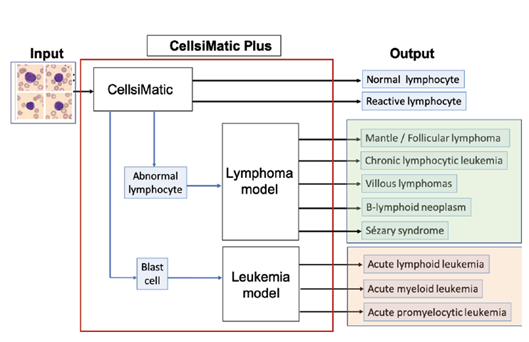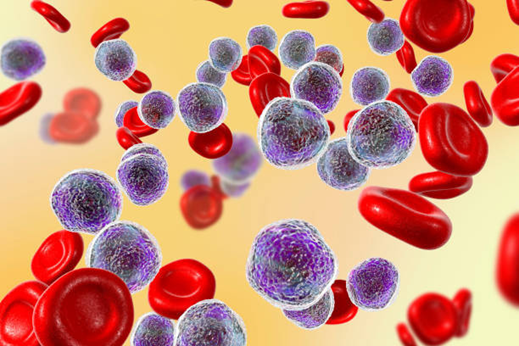The identification of irregularities in the structure of blood cells plays a crucial role in diagnosing various diseases such as leukemia and lymphomas. Currently, clinical pathologists rely on visual inspection during the analysis of peripheral blood cells, lacking specific values or ranges to define cytological characteristics. This subjective approach is dependent solely on the pathologist’s knowledge and experience, leading to an increased risk of incorrect diagnoses. For all these reasons, it is crucial to develop computational tools that assist clinical pathologists in achieving faster, more objective, and more accurate diagnoses of serious hematological diseases.
To solve this, researchers from the Universitat Politècnica de Catalunya and the Hospital Universitari Clínic Barcelona have developed the software system CellsiMatic Plus. This computational tool has been designed to assist clinical pathologists in identifying malignant cells by analyzing peripheral blood samples and allowing the detection of acute leukemias and lymphomas.
This tool can identify abnormalities in cell morphology using neural networks trained through a database of cellular images. By doing this, the software examines a peripheral blood image from the patient and categorizes it by identifying the presence of reactive lymphocytes, abnormal cells, or blast cells. This analysis can be conducted either by installing the software on standard computers or by accessing its web version.


The neural network models are already trained with hospital data and validated in a preclinical phase using data from four different centers, achieving a 96% accuracy rate. These tests were conducted in an experimental environment, so the system is currently at a Technology Readiness Level (TRL) of 3.
Benefits
- It may facilitate an accurate and objective examination of the patient’s peripheral blood specimen.
- It optimizes laboratory processes and reduces costs by providing a more rapid diagnostic direction.
- It introduces a system for normalizing cell staining, increasing its robustness and enabling the tool to be used in different laboratories.
- The tool can be installed on conventional computers or used through its web version, providing greater flexibility for users.
The represented institution is looking for a collaboration that leads to commercial exploitation of the presented invention.
Institution: Universitat Politècnica de Catalunya (UPC)
TRL: 3
Protection status: Unexploited Patent
Contact: Elisa Sáenz/ e.saenz@viromii.com

